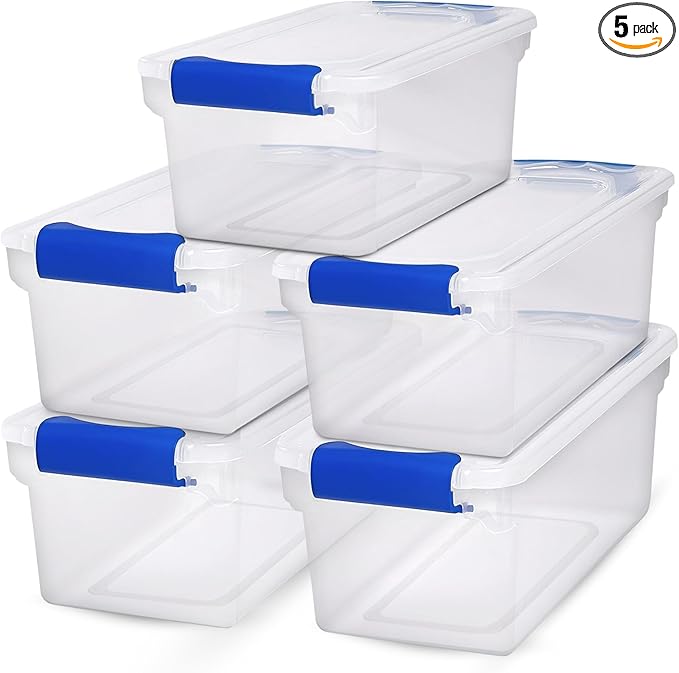Year To Bloom
Self-Care, Lifestyle, Empowerment with Resilience and Grace

Back-to-School Routines That Actually Work for Parents
Let’s be honest: the words “back-to-school routine” can feel like a challenge when your mornings look more like organized chaos than an achievable goal.
Whether you’re wrangling toddlers, juggling after-school schedules, or simply trying to make sure no one leaves the house without pants—finding a rhythm that works for your family is the real win.
Here are some tips to guide your back-to-school routines that are actually doable. They are designed for parents who need a bit of structure without the overwhelm.
Why Back-to-School Routines Matter More Than Ever
The start of a new school year is more than just school supplies and fresh notebooks. For many, it’s the unofficial “new year” that sets the tone for fall and beyond.
A thoughtful routine helps you:
- Reduce morning stress (and yelling)
- Create smoother evenings (hello, less homework drama)
- Make space for your own time and priorities
And no, it doesn’t have to be rigid or complicated. It just has to work for you.
1. Start With the Basics: Wake-Up and Wind-Down Anchors
The two most powerful points of your daily routine? Morning and bedtime.
Here’s why:
- Consistent wake-up times improve focus and mood for both kids and adults alike
- Predictable bedtimes mean fewer nighttime battles and more rest for everyone
Pro tip: Set alarms for transitions, not just wake-ups. Example: “Lunches packed by 7:30” or “Homework done by 6:00.”
- 2. Create a “Reset Point” After School
The after-school window can be a whirlwind. A predictable after school routine helps kids transition without meltdowns, and gives parents a chance to regroup.
Suggested After-School Flow:
- Drop bags and shoes in a designated spot (hooks or baskets may help!)
- Quick snack break
- 15–30 minutes of downtime or outdoor play
- Homework window or activity
- Reset space before dinner (quick tidy-up, prep for tomorrow)
Tip for working parents: Prepare a “grab and go” after-school bin with snacks, chargers, water bottles, and headphones.
- 3. Try Visual Cues (Yes, Even for Tweens and Teens)
A visible routine reduces decision fatigue. Use wall charts, dry-erase boards, or printed weekly planners for:
- Meal planning
- School projects
- After-school activities
- Household responsibilities
Even older kids benefit from seeing their week laid out. It cuts down on the “I forgot” excuses.
- 4. Include Time for Yourself in the Routine
This isn’t just about keeping the household running, it’s about preserving your sanity.
Set aside even 10–20 minutes a day to:
- Go for a walk
- Read a chapter of something that’s not a school email
- Journal or plan your week
- Sit in silence (yes, that counts)
- 5. Don’t Aim for Perfect—Aim for Predictable
The goal isn’t perfection. It’s rhythm. Routines that actually work are flexible, forgiving, and personalized.
Try this approach:
- Examine what’s not working (Mornings chaotic? Evenings rushed?)
- Choose 1–2 habits to shift this week
- Use trial weeks before school starts to test new routines or patterns
- Final Thoughts: Let This Season Support You
Back-to-school doesn’t have to mean back to burnout. By creating a routine that honors your real life you’ll make space for smoother days, happier evenings, and more peace of mind.
And if things go sideways once in a while? Remember that tomorrow provides another chance to try again.
Robin
As an Amazon Associate I earn from qualifying purchases.
Amazon Back-to-School Finds just for you!

Gentle wake-up with sunrise alarm clock. The sunrise simulation gradually brightens over a customizable 5-60 minutes before the set alarm time.
Large 21-month wall calendar 2025-2026 (22.75″x15.5″), from October 2025 to June 2027.
5-Pack latching clear plastic storage bins/organizers (7.5 quart) with lid.



